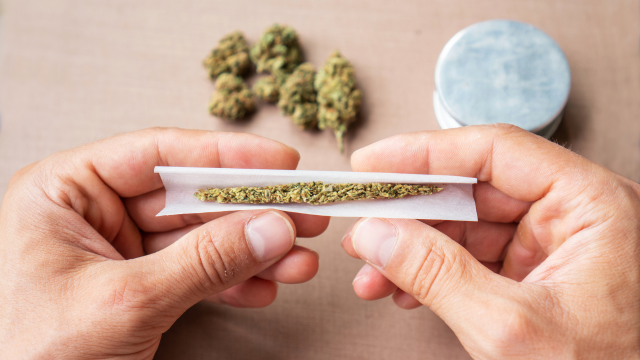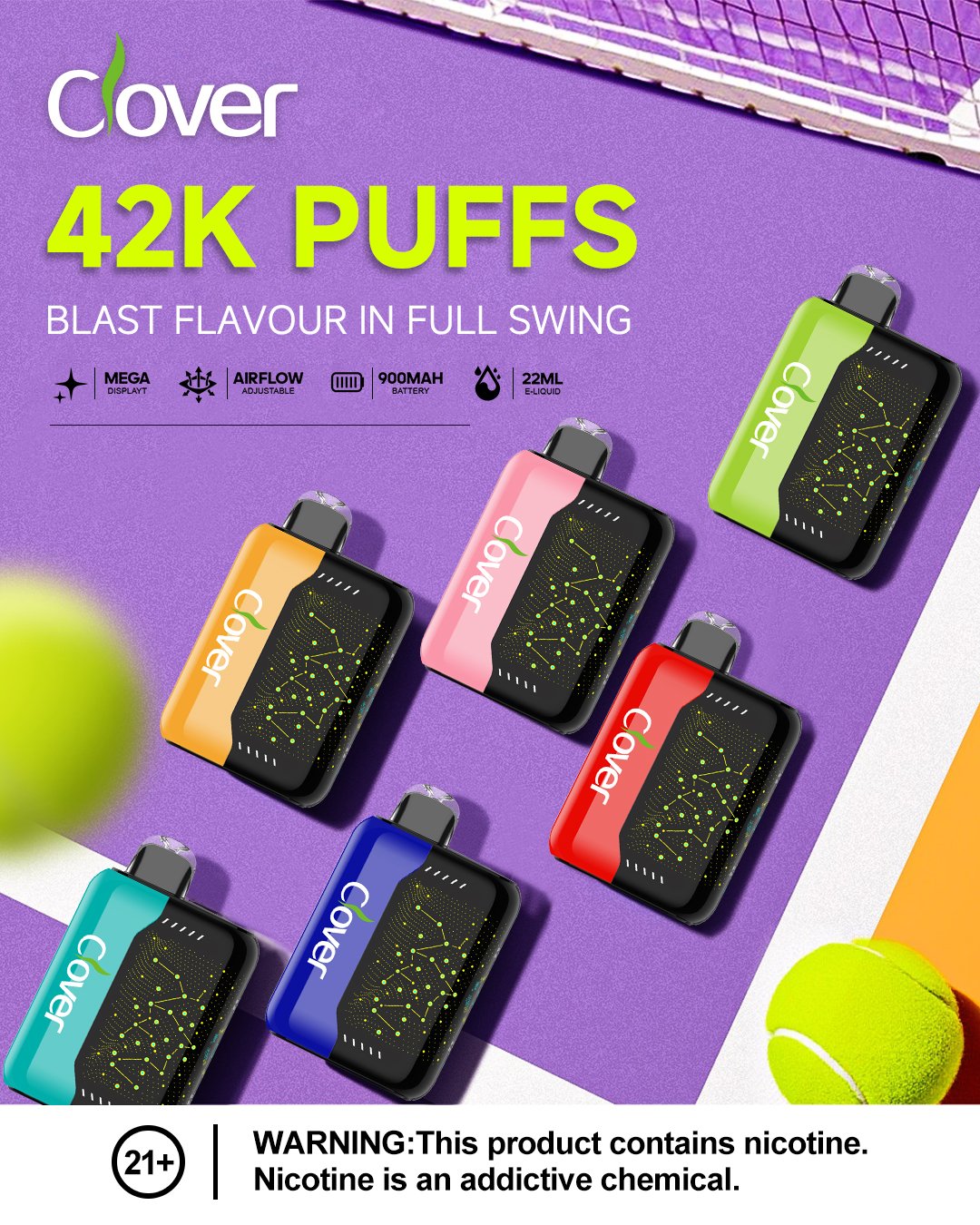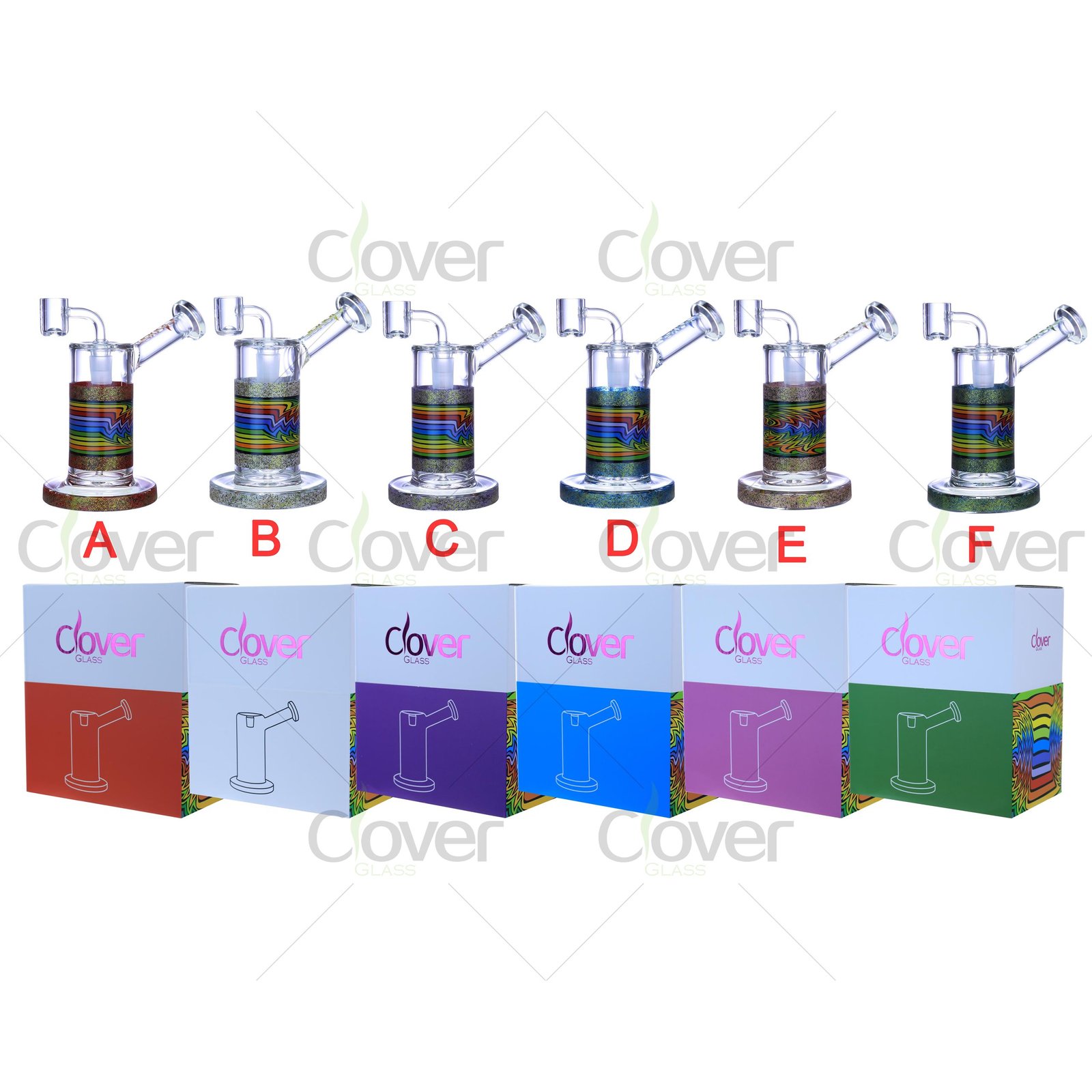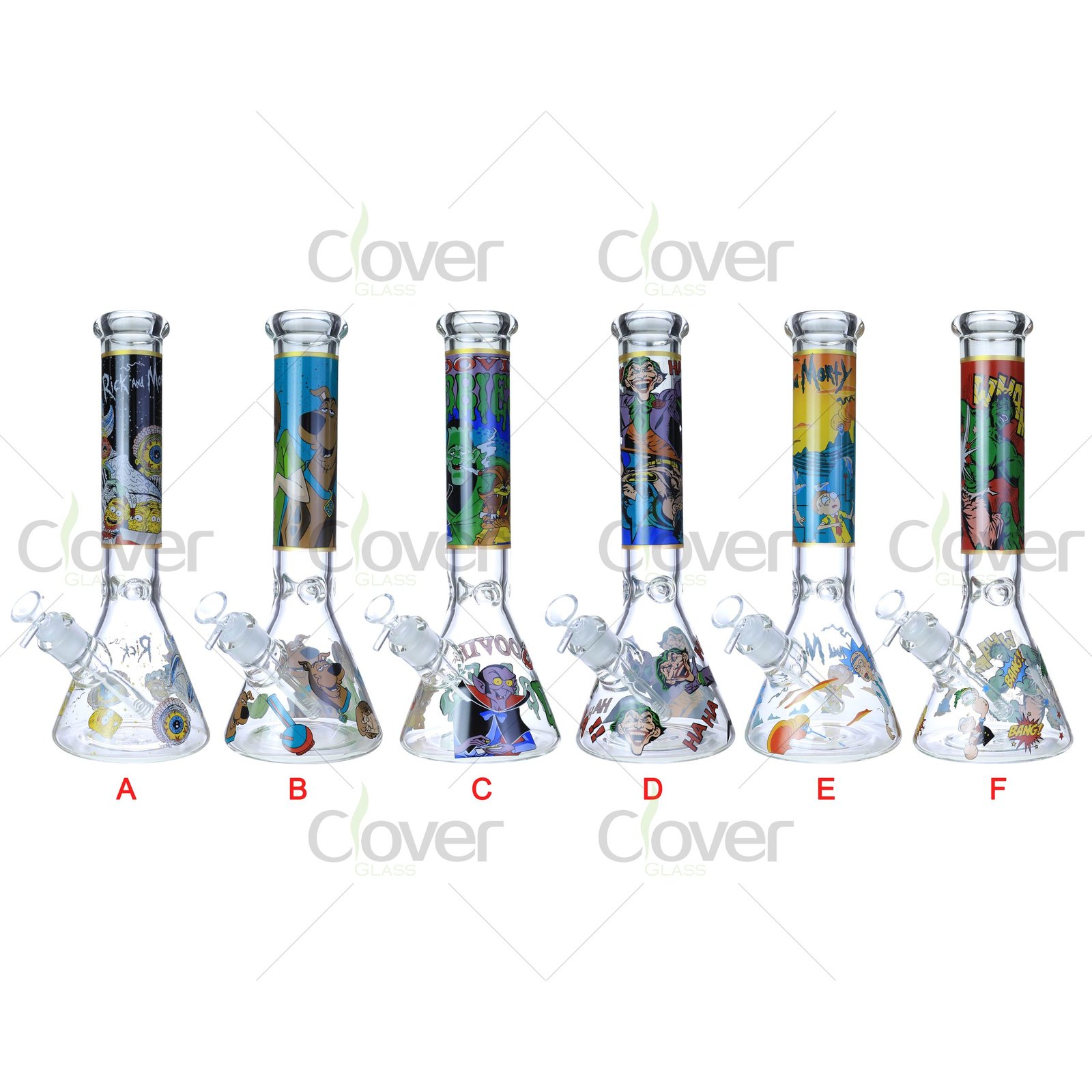I’ve been asked countless times: “What’s the deal with dab rigs?” It’s a fair question, especially when you consider the legalities and varied uses. Let’s explore what these specialized glass pieces are truly for, and why they’ve become a mainstay among enthusiasts and newcomers alike.
Dab rigs, by definition, are water-filtering devices designed to vaporize concentrated substances like waxes or oils. Legally, they’re often associated with cannabis concentrates, but they aren’t limited to that realm alone. Many people also use dab rigs for non-cannabis applications—like herbal extractions or essential oils—as long as it aligns with local regulations. Owning a dab rig itself isn’t inherently illegal in many regions, but always verify your specific state or country’s laws.
Let’s dive into the main questions folks have about dab rigs and their permitted uses—plus a few practical tips I’ve picked up over time.
Are dab rigs strictly for cannabis, or can they be used for other legal substances?
People frequently assume dab rigs are all about cannabis concentrates. But is that the full story? I want to clarify this point, especially for those curious about legal alternatives.
Dab rigs can handle more than just cannabis concentrates. Their design—featuring a nail or banger for heating oils or waxes—works for legally obtained herbal extracts, flavored essential oils, and even certain aromatherapy blends. As long as local regulations permit, you can explore other non-cannabis substances safely. It’s crucial, however, to be mindful of residue and proper cleaning if you’re switching between different materials.

A dab rig typically includes a mouthpiece, a chamber for water filtration, and a specialized “nail” (or banger) that gets heated to convert concentrates into vapor. In many places, these rigs are sold and promoted for legal substances like rosin, CBD concentrates, or even specialized herbal concoctions. The heat source—often a torch or electronic coil—vaporizes the material instead of combusting it. This vaporization process can be gentler on the lungs, especially for individuals looking to avoid more direct smoke inhalation.
Potential for Non-Cannabis Use
There’s a common misconception that dab rigs only serve cannabis users. However, if you consider the heating mechanism, it’s easy to see how substances like essential oils (for instance, mint or eucalyptus) could be vaporized for inhalation. Some enthusiasts use rigs for purely aromatic experiences—similar to aromatherapy—which can be pleasurable and entirely within the boundaries of local law. That said, it’s vital to understand that any claims about health benefits need to be researched thoroughly.
Impact on Local Regulations
Keep in mind that legality varies widely depending on where you live. In certain regions, a dab rig might be classified as “drug paraphernalia.” In others, it’s viewed as a generic “water pipe” with no immediate assumption of illegality. Before you decide to experiment with various concentrates, check state or country laws to confirm you’re in the clear. For example, the Legality of cannabis by U.S. jurisdiction can be quite different than European regulations, so a quick search or legal consultation could save you a lot of trouble.
What sets dab rigs apart from traditional glass pipes or water pipes?
Traditional pipes and water pipes share basic features, but dab rigs offer distinct advantages. If you’ve wondered why they’re so different, it has a lot to do with how they handle concentrates and temperatures.
A dab rig features a nail or banger that’s heated to vaporize concentrates, setting it apart from standard glass pipes or water pipes used for dry herbs. Most traditional pipes don’t reach the high temperatures required for vaporizing oils or waxes. Plus, dab rigs usually have refined water chambers, designed to cool vapor efficiently. This focus on hotter, faster vaporization and intense filtration makes dab rigs a unique tool.
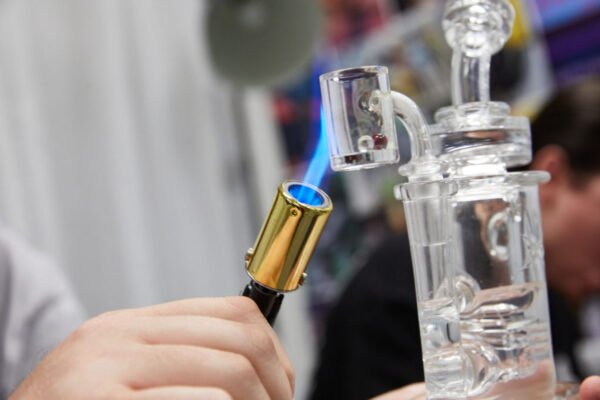
Traditional glass pipes, water pipes, or bongs often cater to a broader audience who primarily combust dry herbs. The basic principle involves lighting the bowl, inhaling through a downstem, and letting the smoke pass through water for cooling. While this process works well for flowers or shredded leaves, it’s not the best for sticky or resinous concentrates. Dab rigs evolved to meet the specific demands of vaping thicker, more viscous substances.
Special Features of Dab Rigs
- Nail/Banger: Instead of a bowl for loose herb, dab rigs use a quartz, ceramic, or titanium nail. This nail is heated until it’s extremely hot, ready to flash-vaporize any concentrate that touches it.
- Higher Heat Tolerance: Dab rigs must accommodate quick temperature spikes. This means robust materials—like borosilicate glass—are crucial for durability.
- Precision and Flavor: Concentrates can be potent and flavorful, so dab rigs often feature percolators or intricate water pathways to maximize cooling and preserve taste. This design is more specialized than typical water pipes.
The Evolution of Concentrate Culture
The rise of concentrates brought a demand for specialized equipment. People wanted a cleaner, more robust flavor experience. Traditional pipes weren’t cutting it—residue built up faster, and uneven combustion wasted product. Enter the dab rig, created for efficiency and flavor retention. Today, they come in countless shapes, from straightforward to complex, catering to aficionados who value everything from aesthetics to ease of use.
Can dab rigs be utilized for essential oils or aromatherapy purposes?
I’ve spoken with people who swear by using dab rigs for essential oils. It might sound unconventional, but it’s definitely happening. Let’s see why folks are giving it a try.
Yes, dab rigs can vaporize essential oils or herbal blends when used responsibly. With the right temperature and approach, the oils convert into aromatic vapor that can be inhaled—or simply fill a room. While not every oil is suitable for direct inhalation, many enthusiasts find that dab rigs deliver potent aroma experiences, making them a crossover tool between conventional herbal vaporizers and heavy-duty concentrate rigs.

Aromatherapy has existed for centuries, but modern methods of inhaling or diffusing essential oils continue to evolve. Typically, aromatherapy uses diffusers that gently warm oils, dispersing their scent gradually. Dab rigs, by contrast, employ more intense heat. This high temperature can instantly vaporize oils, which some feel offers a more immediate aromatic experience. Whether that’s right for you depends on your tolerance and preference.
Key Considerations
- Purity of Essential Oils: Make sure the oils you’re using are 100% pure and appropriate for inhalation. Some products might contain carriers or additives that could produce harsh or harmful vapors when heated too high.
- Temperature Control: One downside to a standard torch-heated nail is that temperatures can skyrocket. That can scorch delicate essential oils. Electric nails or temperature-control devices may help maintain a gentler heat level.
- Residue and Cleaning: Oils leave behind their own distinct residue. If you frequently switch between essential oils and any other substance, you might encounter conflicting flavors. Proper cleaning is essential to avoid any cross-contamination.
Potential Benefits
Some users appreciate the quick and powerful release of scent, which might help clear sinuses or add a soothing aroma to a living space. Others prefer a more controlled method like traditional diffusers or personal inhalers. Ultimately, dab rigs can work for aromatherapy if you approach them thoughtfully, respecting both the equipment and the properties of the oils themselves.
Is it legal to own a dab rig even if you don’t consume cannabis?
This is one of the most frequently asked questions I get, and the answer isn’t always straightforward. Different regions have different definitions and legal interpretations.
In many areas, owning a dab rig is legal, even if you never use cannabis. It’s often sold under the broad category of “water pipes” or “glass pipes,” which aren’t inherently illegal. However, certain jurisdictions might label them as drug paraphernalia if there’s evidence of illicit use. Always check your state or country’s rules. If local law defines these devices strictly, you might face legal questions, regardless of what you actually use them for.

Legality can be confusing, so I like to break it down into three primary considerations: definition, intent, and enforcement. First, how does your local law define “drug paraphernalia”? Some places have a broad definition that includes anything remotely linked to controlled substances. Others take a narrower approach, focusing on direct evidence of illicit use.
Definitions and Context
If a dab rig is sold as a tool for vaporizing legal concentrates—like CBD oils that contain no THC—it might be perfectly legitimate. Plenty of shops categorize them simply as specialized glassware. And, in states or countries with legalized cannabis, you’ll see dab rigs openly sold without issue.
Intent
Authorities sometimes look at “intent” if there’s confusion about whether a device is lawful. If you claim your rig is strictly for legal substances, such as essential oils or non-psychoactive herbal extracts, you might be on solid ground. However, disclaimers can only do so much. If you’re found in possession of banned substances alongside the rig, enforcement becomes more complicated.
Enforcement Differences
Realistically, enforcement can vary. In some places, law enforcement may not focus on personal glassware unless there’s a compelling reason. In others, a single suspicious item might spark a deeper investigation. I recommend reading up on your local statutes, especially if you live somewhere with strict paraphernalia laws.
What are the safest materials for a legally compliant dab rig?
Selecting a dab rig often boils down to the materials used. If you’re worried about safety and legal compliance, here’s what you should keep in mind to steer clear of hazards.
Safest dab rigs typically use high-grade borosilicate glass known for heat resistance and durability. Nails or bangers made of quartz, ceramic, or titanium are also popular because they stand up to extreme temperatures without degrading. Always check for material purity—low-quality metals or plastics can release fumes when heated. By choosing reputable manufacturers, you reduce the risk of contamination and ensure your rig meets legal and health standards.

I’ve seen dab rigs crafted from everything—glass, silicone, titanium, ceramic, even hybrid combinations. Not all are created equal. The trick is to invest in products that withstand repeated heating and cooling without cracking, warping, or emitting unwanted toxins. High-quality glass, specifically borosilicate, remains the gold standard for the rig’s main body because it’s less likely to fracture under thermal stress. If you happen to be a wholesale buyer or a smoke shop owner, you might already know it’s essential to verify the glass thickness.
Comparisons of Common Materials
| Material | Pros | Cons |
|---|---|---|
| Borosilicate Glass | Exceptional heat resistance, easy to clean | Can be more expensive than standard glass |
| Quartz (Nails) | Great flavor transfer, high heat tolerance | Can break if not handled carefully |
| Titanium (Nails) | Durable, heats quickly | Some claim it can alter flavor slightly |
| Ceramic (Nails) | Smooth flavor, good heat retention | More fragile, can crack under sudden temperature |
Legal and Health Implications
While no direct legal stipulation says “you must use borosilicate glass,” safety concerns often tie into legal compliance, especially if a rig malfunctions or causes harm. If authorities suspect a rig is made from harmful materials, it might lead to questions of regulation and standards. Reputable manufacturers—like our brand at CloverGlass—often get certifications or third-party testing to prove they meet safe manufacturing guidelines.
How do you properly clean and maintain a dab rig for lawful use?
Maintenance is a big deal with dab rigs. Improper cleaning can leave behind residue, which could raise eyebrows if there’s any question of legality. Let’s discuss simple, safe methods.
To clean a dab rig lawfully and effectively, avoid leaving any traces of illegal substances. Soak removable parts in isopropyl alcohol or a specialized cleaner, then rinse thoroughly with warm water. This removes sticky buildup and unpleasant odors. Regular cleaning not only helps preserve the rig’s functionality but also ensures nothing suspicious lingers inside, which is especially important if local laws are strict.
Cleaning a dab rig isn’t just about hygiene; it’s about long-term safety and preserving the taste of your oils or concentrates. Residue buildup can harbor bacteria and create an environment for mold. If authorities ever inspect your rig for any reason, a pristine piece that’s free of questionable residue speaks volumes about compliance.
Step-by-Step Cleaning
- Disassemble: Remove the nail, banger, and any detachable parts.
- Soak: Place them in a sealed plastic bag or container with isopropyl alcohol or specialized glass cleaner. Add coarse salt for extra scrubbing power.
- Swirl and Shake: Gently swirl to loosen residue. Let it sit for 20–30 minutes.
- Rinse Thoroughly: Use warm water to remove alcohol or cleaner. Check all corners for leftover debris.
- Wipe and Dry: A microfiber cloth works well for delicate parts. Make sure each piece is fully dry before reassembling.
Regular Maintenance for Legal Peace of Mind
Beyond the basic cleaning, you might consider a weekly or bi-weekly schedule, depending on how frequently you use the rig. If you’re using it for multiple substances—like cannabis extracts and essential oils—be extra cautious about switching between them without a thorough wash. That helps you avoid cross-contamination issues and ensures each session tastes right. Staying on top of cleaning keeps your rig fresh, functional, and far less likely to attract unwanted scrutiny.
Conclusion
Dab rigs carry many misconceptions, but they’re versatile tools with legitimate uses—far beyond cannabis alone. Whether you’re experimenting with essential oils or focusing on legally obtained concentrates, remember to stay informed, select high-quality materials, and keep your rig spotless. If you have questions, I’m always here to help.

